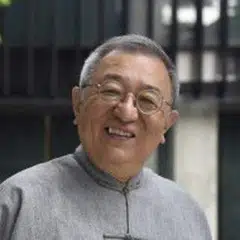Suzhou's way to the Emperor's heart
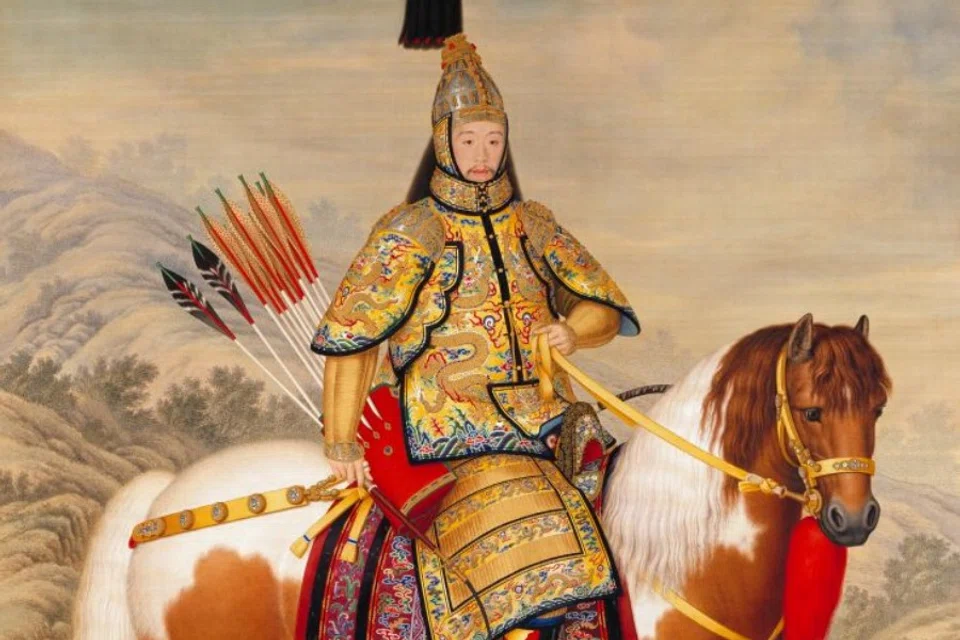
Suzhou is known for its exquisite culture, with its Kunqu opera and classical gardens having earned UNESCO's World Heritage status. It boasts a treasure trove of cultural assets - Tiger Hill (虎丘); Hanshan Temple in Fengqiao Town, west of Suzhou City; pingtan (评弹), a genre of storytelling with ballad singing performed in Suzhou dialect; embroidery; and taohuawu (桃花坞) woodcut, just to name a few - which are key attractions that enjoy wide acclaim. However, Suzhou's cuisine and cooking practices are less celebrated and far less popular than Sichuan's spicy dishes and Guangdong's seafood fare. Noted for its sweet taste, Suzhou cuisine includes classic dishes such as pork belly in rock sugar sauce (冰糖酱方), and "squirrel-mandarin fish" (松鼠鳜鱼), which is deep-fried whole carp dressed in sweet-sour sauce.
"Be a government official for three lifetimes, and one learns to eat, drink and dress." - Suzhou saying
Although the Suzhou people have a sweet tooth, they do not like their food sickeningly sweet. Their rice cakes, for instance, are mildly sweet, but light and airy, with a lingering floral bouquet. The ethereal treats, redolent of magnolias and irises, delight the senses just as a poem read aloud in the local Wu dialect does.
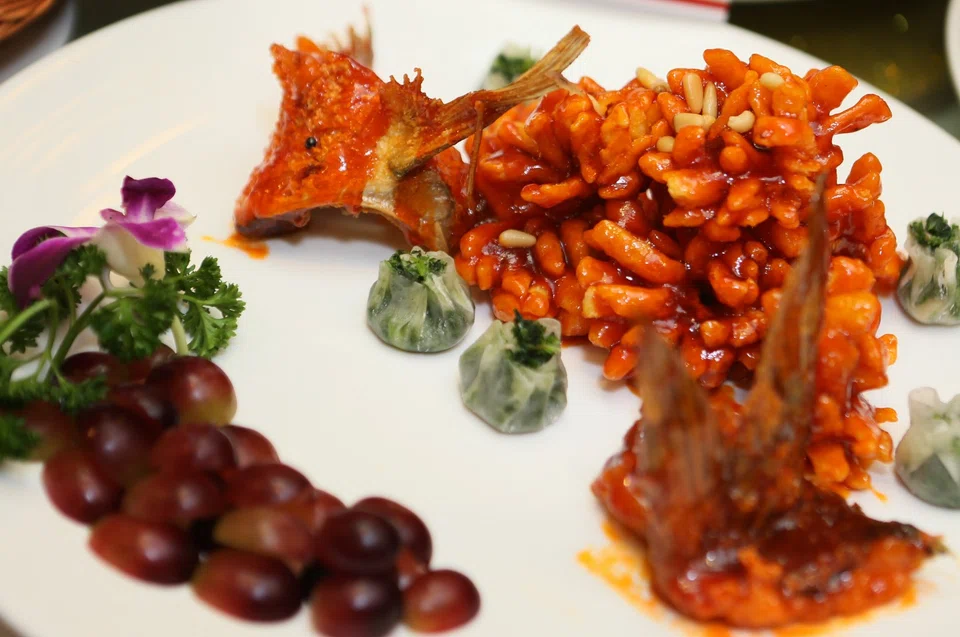
According to a Suzhou saying, "Be a government official for three lifetimes, and one learns to eat, drink and dress." When I was young, the old folks used to say, "Be rich for three generations, and one learns to dress and eat." I'm not sure if the latter originated from the Suzhou proverb, but it essentially refers to the same thing. During the Ming and Qing dynasties, Suzhou reached the peak of its prosperity, where culture flourished and scholarship was at its height, producing myriad successful imperial examination candidates and many high-ranking officials and aristocrats.
By the late Ming Dynasty, the flourishing merchant economy gave Suzhou people the means to lead extravagant materialistic lives, wearing silk and satin and eating rich meat, seafood and fine grain, and enjoying the finest wines and gourmet cuisine.
Wang Qi (王锜), a native of Changzhou (长洲) (today's Suzhou) during the middle Ming Period, noted in his book Miscellanies of Yu Pu (《寓圃杂记》) that Suzhou's affluence was destroyed by war during the end Yuan and early Ming dynasties, and that Ming founder Zhu Yuanzhang's malicious oppression had caused the city to suffer decline. Suzhou regained its former glory during the Ming Chenghua era (circa late 15th century).
Wang wrote, "The streets are filled with people, and tiled roofs line every lane and alley; city walls, moats, pavilions and guest houses make up a grand panorama of the city. Covered horse carriages with entourage and servants, carrying wine jars and vessels navigate the busy streets, as boats in stunning colours ferrying songstresses glide through the bobbing ripples and skirt past red pavilions and towers to strains of music mingled with the sounds of bustling city life. Brocades, stationery, flowers, fruits and delicacies offered as imperial tribute have been increasing every year. The skills of making silk tapestry and lacquerware - long neglected since the Southern Song Dynasty - are now revived. People have become skilful and ingenious, and products are abundant. Most notably, its bounteous pool of talent is unsurpassed."
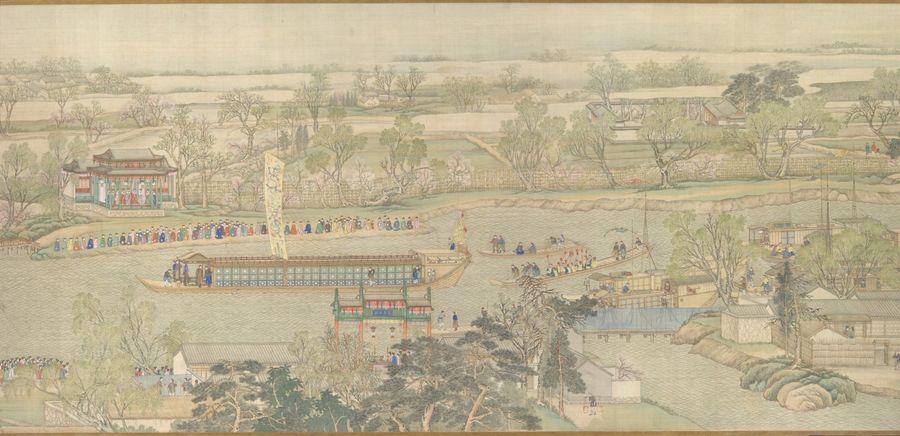
By the late Ming Dynasty, the flourishing merchant economy gave Suzhou people the means to lead extravagant materialistic lives, wearing silk and satin and eating rich meat, seafood and fine grain, and enjoying the finest wines and gourmet cuisine. Even the short period of war and turbulence did not annihilate the city's memories of high culture during its period of prolonged prosperity. Having been afflicted by unrest and suffering during early Qing, Heavenly Kingdom of Great Peace (太平天国), anti-Japanese War, and revolution in the 20th century, Suzhou went through Nirvana and rebirth, and has thrived.
Qing emperors are Manchurians from "Lands beyond the Pass" (关外), in reference to the Shanhai Pass or Shanhaiguan between Hebei and Liaoning. The Manchurians were known for their battlefield attire and their skills in riding and shooting, the latter proving pivotal in their conquest of Han-ruled Ming Dynasty.
After founding the Qing Dynasty, the Qing rulers continued to fortify their defence capabilities and train their military, and organised yearly autumn hunting trips; however, they were increasingly influenced by Chinese culture, aspiring to the refinement inspired by Confucianism and the good taste cultivated by mastering literature and art. They also admired the sophistication and charm of the culture of Jiangnan (i.e., lands immediately to the south of the lower reaches of the Yangtze River). This aspiration prompted emperors Kangxi and Qianlong each to visit Jiangnan six times. Although the tours were intended to strengthen unity and governance, the emperors also visited places of interest time and again. They stayed in their Suzhou and Hangzhou travelling palaces, and delighted themselves with the famous southern cuisine.
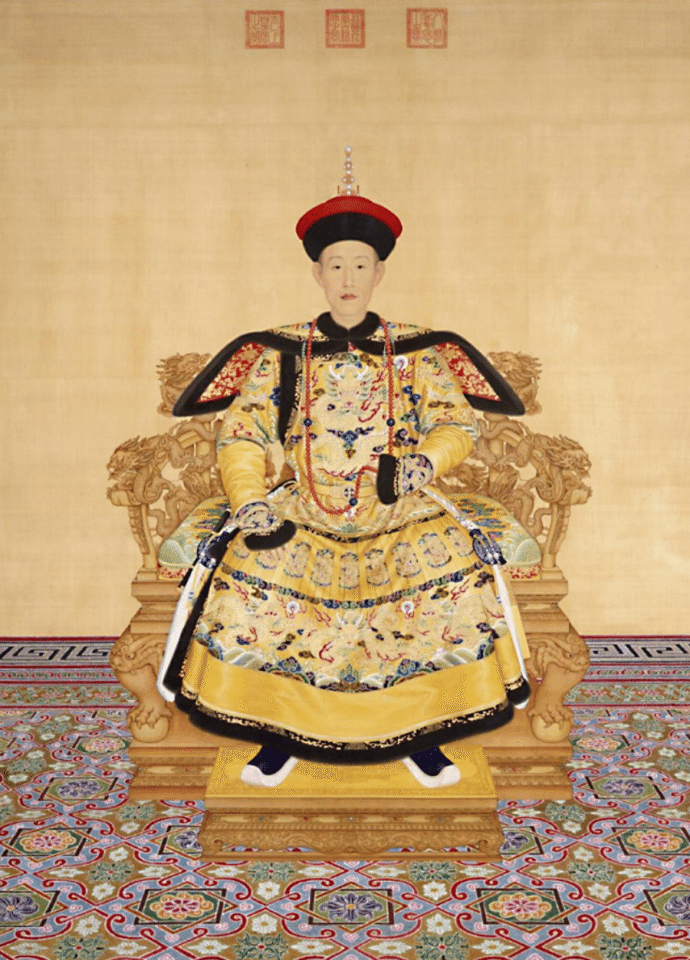
The Qing imperial southern tours are well-documented. The Documents of Imperial Kitchen (《御茶膳房文件》) in the Forbidden City's Palace Museum collection contains records of the lives of emperors Kangxi and Qianlong in Jiangnan, and provides details of their gastronomic journey in Suzhou, detailing how the southern tour has influenced the dietary regimen in the Qing palace, where Jiangnan cuisine, especially Suzhou cuisine, was often prepared. Let's look at what Qianlong ate in Suzhou during his fourth southern tour in 1765, the 30th year of his reign.
Emperor Qianlong arrived in Suzhou on the 25th day of the second lunar month (16 March) and stayed in his travelling palace at the Suzhou Weaving House (苏州织造署, now home to Suzhou No. 10 Middle School). The emperor's breakfast menu was: "chicken crown meat stewed with deep-fried tofu, braised bamboo shoots and chicken, mutton slices, mixed platter of duck steamed in rice wine and mashed pork in batter, sponge cake, stuffed "bo-bo" spoon-cakes, steamed buns with bamboo-knotted rolls. The next round of dishes served included steamed bamboo shoots and stir-fried cattail with meat, pickles served in silver sunflower box, four appetisers served on silver plates. Also served were lamb slides in rough-grained broom corn millet porridge, and thinly sliced tofu soup."
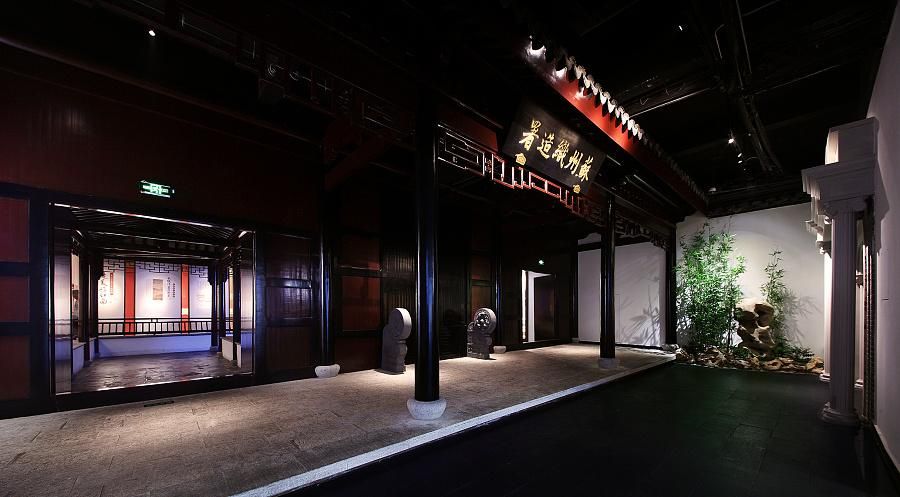
For dinner, the menu included "bird's nest and duck braised in wine, smoked meatball, and chicken in shredded vegetable soup. This was followed by steamed bamboo shoots and stir-fried chicken, steamed fat chicken and five-fragrance meat platter, fine wheat cake and minced millet and rice flour cake, checkerboard cookies and mini steamed buns, pickles served in a silver sunflower box, four appetisers served on silver plates, and pepper sauce. Next served was wonton in shredded vegetable soup, white and golden bean curd soup, and rice porridge." Supper was "pork shank stewed in wine, deep-fried spareribs, braised shrimp, braised spiced duck in bird's nest, fermented soybean and mille-feuille bean curd cake."
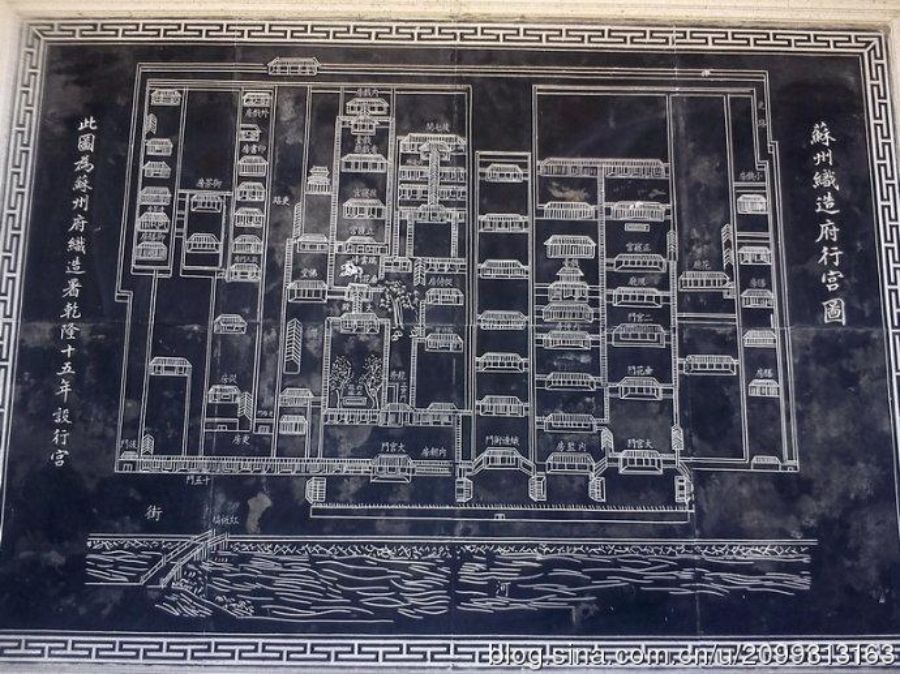
During his fourth southern tour, Emperor Qianlong lived in Suzhou for more than ten days. His stay at the Weaving House alone was ten days, during which he ate Suzhou food every day. In fact, he was already feasting heartily on the first day he arrived. During the rest of his stay, he launched into one culinary fiesta after another, paying homage to the awesome line-up of incredible flavours of Suzhou fare. Indeed, Qianlong is qualified to endorse the nomination of Suzhou cuisine as a world cultural heritage.
